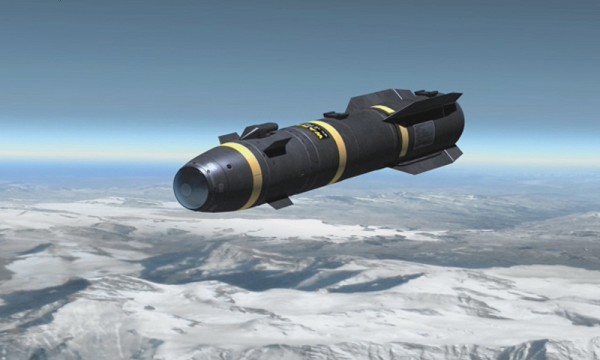John McBeth - Straits Times
 |
| Apache AH64D |
But while the 50-day notification period for the US$ 700 million (?) deal expired without formal objection, there was still strong resistance behind the scenes from two implacable foes — the State Department's Human Rights Bureau and seven-term Democrat Senator Patrick Leahy.
Some officials didn't want the issue to go to the Senate Armed Services Committee at all, and Leahy aide Tim Reiser raised amused eyebrows by asking during an otherwise tough questioning session whether the two-man gunship could ferry troops into Papua.
Still, with a full Senate resolution required to forestall the proposed sale, and a presidential election looming large, few senators would have been willing to prevent the sale of US-made hardware and be accused of risking jobs.
Not long ago, supplying the Indonesian military with such leth`l weaponry would never have happened. Now it joins an exclusive club of 11 Apache-armed nations, most of which are either treaty allies or provide facilities for American forces.
It was only in 2009, four years after the Republican administration lifted a 14-year arms ban imposed after the 1991 East Timor churchyard massacre, that the Senate Appropriations Bill did not contain any specific restrictions on military aid to Jakarta.
But Leahy kept up the pressure, sending a letter to President Susilo Bambang Yudhoyono that same year demanding an accounting of military human rights abuses committed in East Timor, Aceh and Papua. The retired general never responded.
The senator and Reiser, a paid staff member who at times has taken a harder line than Leahy himself, almost single-handedly stood in the way of removing the ban — even though neither had ever been to Indonesia.
President Barack Obama's election changed the dynamics to some degree, marked earlier this year by the uncontested decision to gift Jakarta with 24 mothballed F-16 fighters. Indonesia will pay US$ 600 million to upgrade the jets, giving the air force the biggest front-line punch it has had in decades.
Bigger and uglier, the Apache is different. But for those Americans who think about such things, the main argument for selling it to Indonesia may well have been its perceived role in ensuring the free flow of shipping through the Malacca Strait.
If it can overcome its funding squeeze, Indonesia will be only the second Asean country after Singapore to receive the Apache, providing what the US Defense Security Cooperation Agency calls "interoperability" with American forces in the region.
That's a Pentagon buzz word which has rarely been applied to the Indonesians, but it comes at a time when the United States is building Guam into a strategic hub, rotating littoral combat ships through Singapore and preparing to train 2,500 Marines in northern Australia.
 Packing
140 AGM-114R3 Hellfire missiles, a 30mm chain gun and state-of-the- art
avionics and fire-control systems, the Apaches will join eight
Russian-built Mi-35 Hind gunships which first entered service with the
army in 2003.
Packing
140 AGM-114R3 Hellfire missiles, a 30mm chain gun and state-of-the- art
avionics and fire-control systems, the Apaches will join eight
Russian-built Mi-35 Hind gunships which first entered service with the
army in 2003.The only objection to the deal in Jakarta has been from parliamentary foreign affairs commission chairman Mahfudz Siddiq, who prefers buying the twin-rotor Ch-47 Chinook instead.
He and other legislators have argued that disaster-prone Indonesia has a greater need for the heavy-lift Chinooks, which carry 13,000 kg of cargo or double that of the 16 rugged Russian-built Mi-17s delivered to the army over the past two years.
The only other military helicopters with significant cargo capacity are six newly acquired Eurocopter-725s, capable of lifting 5,700kg, nine EC-332 Super Pumas and 11 aging AS-330 Pumas that are basically troop carriers.
For all the media focus on corruption in the procurement process, Indonesian defense officials have made it clear to the Americans they want to eliminate middlemen and acquire the gunships under a government-to-government arrangement.
But now it is down to working out a final Letter of Authorization and Acceptance, the Indonesians appear to be wrestling with a funding gap in their effort to modernize an army inventory whose origins in one case go back to the Battle of Stalingrad.
Some of the problem stems from confusion over the Apache price tag, with Boeing initially understating the cost and the State Department basing its jaw-dropping US$1.4 billion estimate on the supposition that Jakarta will be ordering more than the eight helicopters.
Indonesia has already scrapped the planned purchase of the precision-guided M-42 Himars multiple-rocket system, settling instead for Brazil's less-expensive Astros II. But it is believed to be going ahead with a request to buy US anti-tank missiles.
Reprinted courtesy of The Straits Times
No comments:
Post a Comment